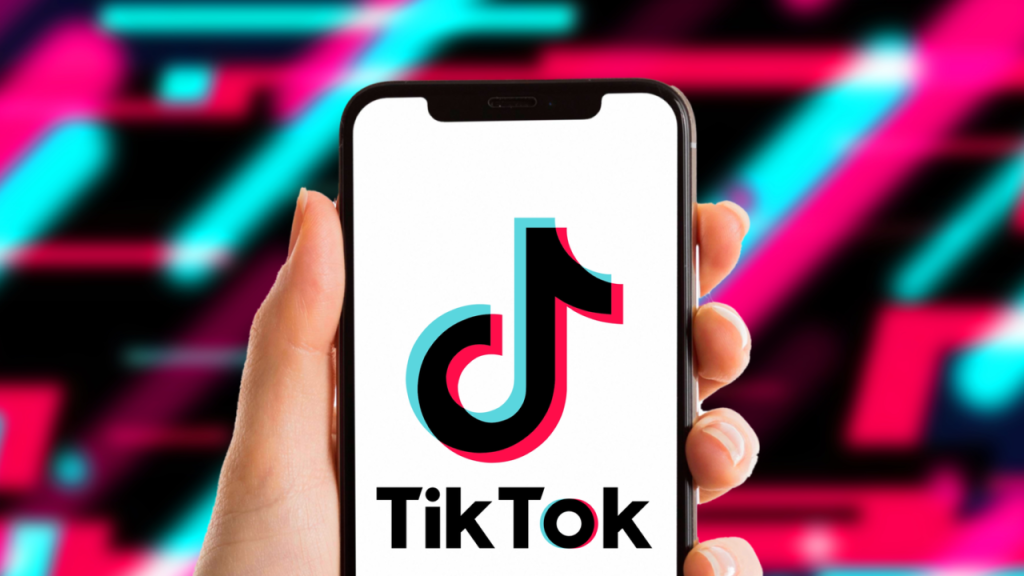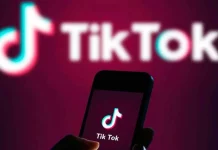TikTok, the wildly popular social media platform known for its short-form videos, is jumping on the AI chatbot bandwagon with its latest creation, “Tako.” Currently in limited testing in select markets, Tako is designed to assist users in discovering new content and finding videos based on their preferences.
TikTok’s AI Chatbot is named “Tako”
Appearing on the right-hand side of the TikTok interface, above the user’s profile and other buttons, Tako offers a seamless way to interact with the app. Users can ask Tako questions or request recommendations using natural language queries. For example, if users are in the mood for funny videos, they can simply ask Tako to suggest some. In response, Tako provides a list of videos related to the requested topic, complete with details like the video’s name, author, subject, and links to similar content.

TikTok’s decision to develop Tako stems from its commitment to innovation and providing added value to its community. By experimenting with new technologies like AI chatbots, TikTok aims to create a safe and entertaining environment that inspires creativity and cultural engagement.
However, it’s worth noting that Tako is still in the experimental phase. TikTok acknowledges this by displaying a pop-up message to users upon launching the chatbot, indicating that its responses may not always be accurate. This disclaimer is in line with other AI chatbots like OpenAI‘s ChatGPT and Google’s AI.
To ensure user safety and improve the chatbot’s performance, TikTok reviews all Tako conversations. This practice, however, raises privacy concerns as user interactions are logged and stored. While TikTok allows users to delete their chats, it remains unclear whether personal information or data retention policies are involved.
Tako’s testing phase has already attracted attention, with app intelligence firm Watchful.ai discovering the chatbot during tests on iOS devices in the United States. Although TikTok clarifies that Tako is not currently available to the public in the U.S., it is being tested in other global markets, including the Philippines.
RELATED:
- Montana Faces Lawsuit from TikTok Creators, One Day After TikTok Ban
- TikTok Banned in the State of Montana, Becomes First US State to Do So
- Best Budget-friendly Drawing Tablets in 2023
(Via)







